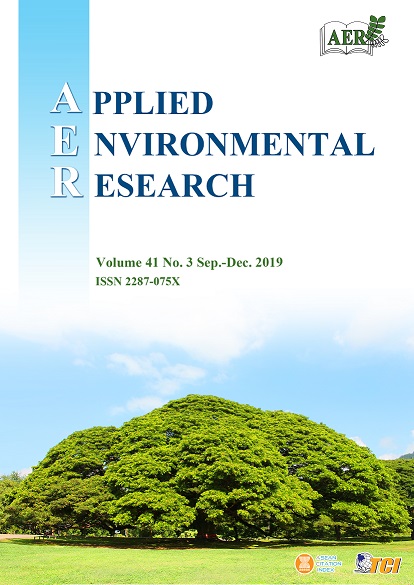Trophic Models of Seagrass Ecosystems in Maqueda Channel, Caramoan Peninsula, Philippines
Main Article Content
Abstract
Steady-state trophic models were constructed using the Ecopath with Ecosim software to examine the general status, development trends, and functional integrity of three extensive seagrass meadows located in Maqueda Channel of Caramoan Peninsula, Southern Luzon Island, Philippines. The results show that the ecosystems are composed of 23-24 functional groups with effective trophic levels extending from 1.00 to 3.76. Mixed trophic impacts show that decrease in the biomass of grazers Tripneustes gratilla (collector urchin) had a positive impact on the biomass of seagrasses. On the other hand, a positive effect on the benthic groups is expected with an assumed decrease in the biomass of detritus and phytoplankton. Analysis of the flow network of organic matter and trophic efficiencies showed that flows were generally low for higher TLs but high for lower TLs (i.e., from TL 1 to IV. The ecosystems were found to be in mature and stable state based on the system statistics.
Article Details

This work is licensed under a Creative Commons Attribution-NonCommercial 4.0 International License.
Published articles are under the copyright of the Applied Environmental Research effective when the article is accepted for publication thus granting Applied Environmental Research all rights for the work so that both parties may be protected from the consequences of unauthorized use. Partially or totally publication of an article elsewhere is possible only after the consent from the editors.

